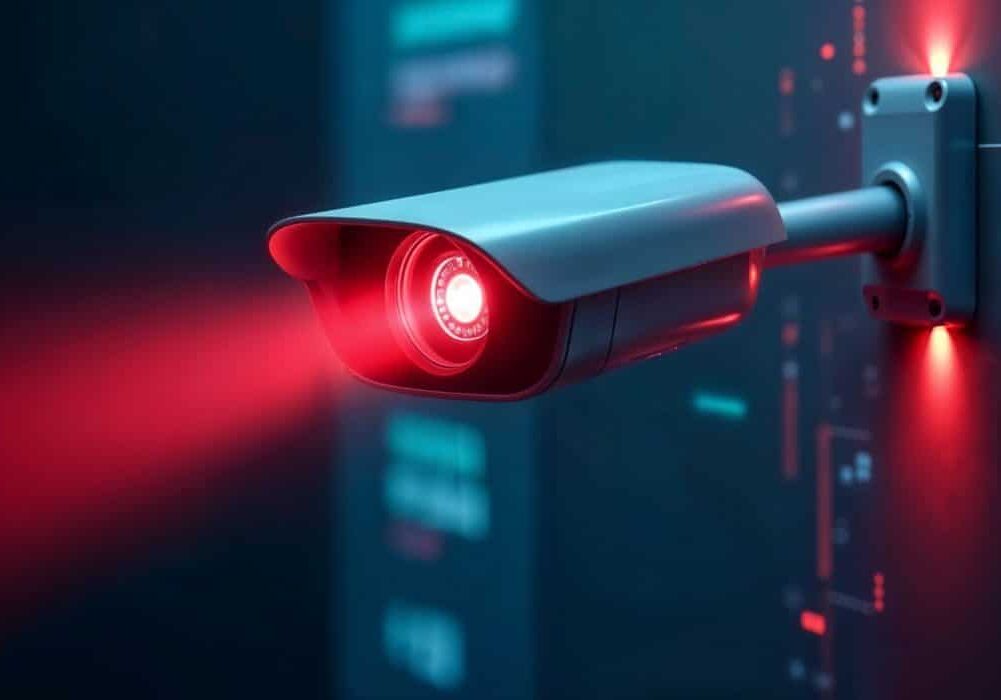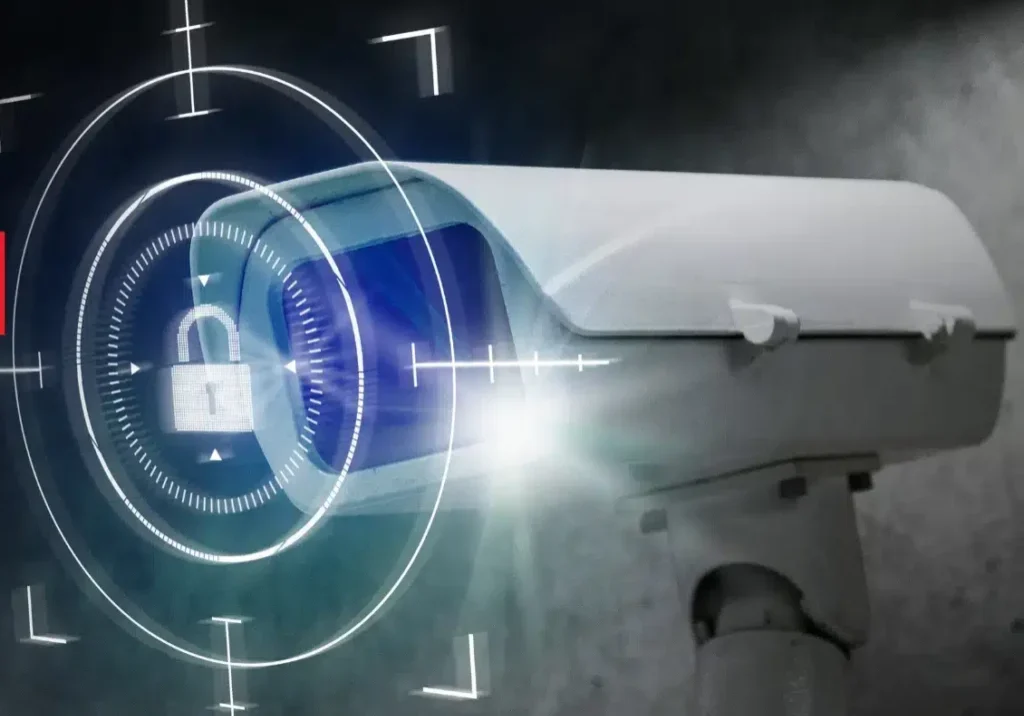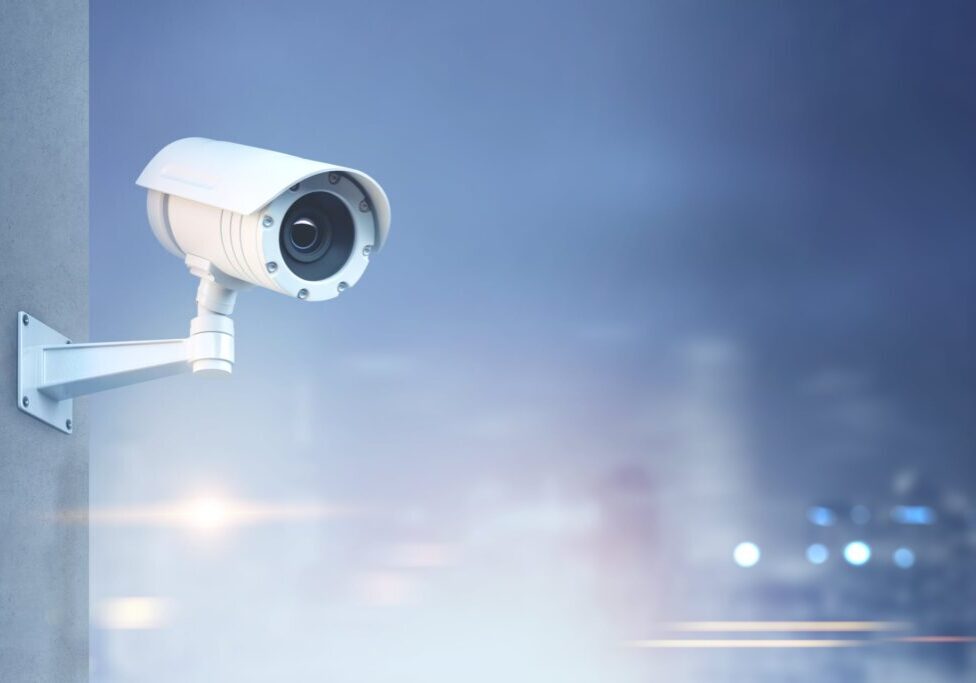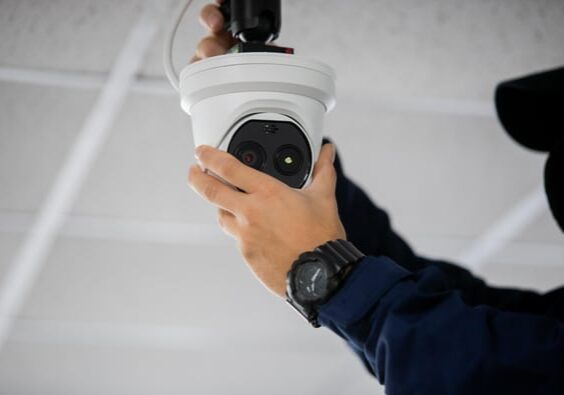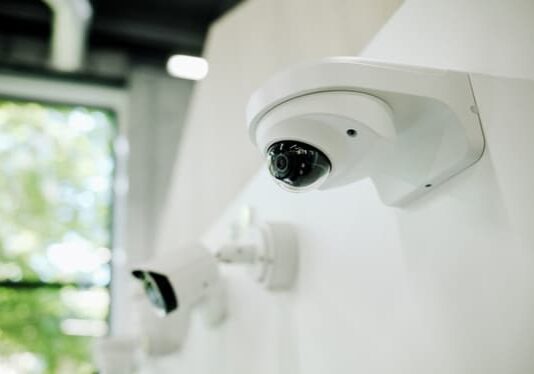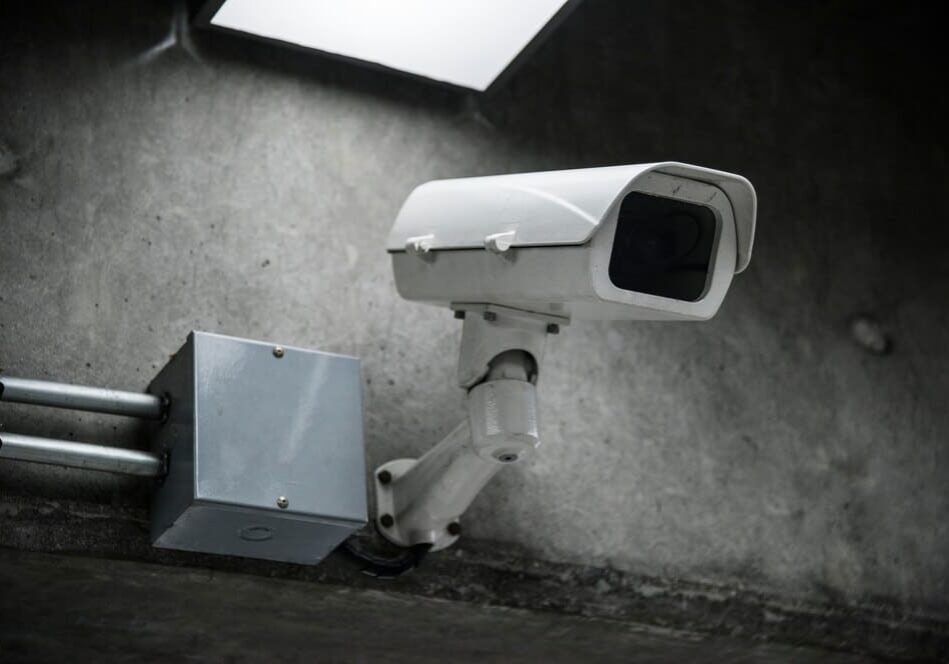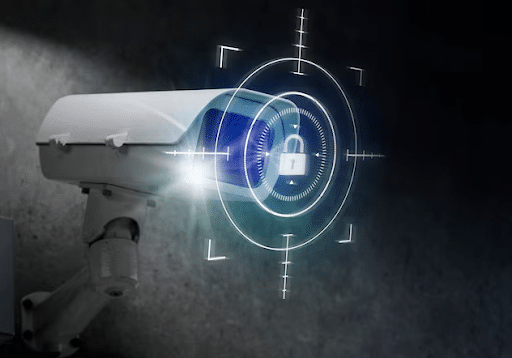In the bustling landscape of urban infrastructure, public transit systems stand as lifelines, ferrying millions of passengers daily to their desired destinations.
But, security within these networks is paramount, with video surveillance playing a pivotal role in safeguarding passengers, staff, and assets.
So, as technological advancements reshape the surveillance landscape, the evolution towards Video Surveillance as a Service (VSaaS) promises enhanced efficiency, scalability, and cost-effectiveness for transit operators.
The Early Days Of Transit Security: CCTV Systems
Basic Surveillance Setup
Traditional closed-circuit television (CCTV) systems marked the genesis of public transit surveillance, comprising analog cameras tethered to centralized monitoring stations. But, despite their innovative impact at the time, these setups exhibited limitations– including subpar image quality and fixed camera angles.
Limitations And Challenges
The rudimentary nature of traditional CCTV systems introduced inherent vulnerabilities. For instance, restricted coverage areas and susceptibility to tampering or vandalism. Additionally, the reliance on analog technology hampered the scalability and adaptability of surveillance networks. This hinders effective response efforts to emerging security threats.
Costs And Maintenance Issues
The deployment and upkeep of traditional CCTV infrastructure incurred significant costs for transit agencies, too. These costs encompassed expenses related to hardware procurement, installation, and ongoing maintenance. Moreover, the reliance on dedicated recording equipment and coaxial cabling necessitated substantial financial allocations, often straining operational budgets.
The Shift Towards Digitalization
Introduction Of IP Cameras
The advent of Internet Protocol (IP) cameras heralded a paradigm shift in public transit surveillance, ushering in an era of digitalization and heightened capabilities. These advanced cameras offered superior image quality, enhanced resolution options, and greater flexibility in deployment compared to their analog predecessors.
Improved Quality And Flexibility
IP cameras revolutionized video surveillance by delivering sharper images. This allowed for more precise identification of individuals, objects, and incidents within transit environments. Plus, their digital nature facilitated remote monitoring and control. This empowered operators to adjust camera parameters and view footage in real-time from any location with internet connectivity.
Integration With Other Systems
The compatibility of IP cameras with various security systems and software platforms facilitated seamless integration within transit ecosystems. By interfacing with access control systems, video management software (VMS), and analytics platforms, IP cameras enhanced situational awareness and streamlined incident response procedures.
The Rise Of VSaaS
What Is VSaaS?
Video Surveillance as a Service (VSaaS) represents a revolutionary approach to public transit security. This strategy leverages cloud-based infrastructure to deliver scalable, cost-effective surveillance solutions. With VSaaS, transit agencies can deploy, manage, and maintain surveillance systems without the need for extensive onsite hardware or infrastructure investments.
Advantages Over Traditional Systems
Compared to traditional CCTV setups, VSaaS offers a myriad of advantages. These include simplified deployment processes, reduced capital expenditure (CapEx), and enhanced scalability.
By leveraging cloud resources, transit operators can swiftly deploy cameras across their networks, scale surveillance infrastructure as needed, and access advanced features without significant upfront investments.
Scalability And Flexibility
The inherent scalability and flexibility of VSaaS empowers transit agencies to adapt to evolving security requirements and operational demands with ease. Whether expanding surveillance coverage, adding new cameras, or upgrading software features, VSaaS platforms offer unparalleled agility. This ensures that transit operators can efficiently respond to emerging threats and challenges.
Cost-Efficiency: OpEx vs. CapEx
By transitioning to a subscription-based model, VSaaS enables transit agencies to shift from capital expenditure (CapEx) to operational expenditure (OpEx), thereby optimizing resource allocation and minimizing financial burdens.
With predictable monthly or annual fees, transit operators can accurately budget for surveillance expenses. Moreover, they will avoid unexpected costs associated with equipment procurement and maintenance.
Addressing Security Concerns
Data Encryption And Privacy Measures
Security and privacy considerations are paramount in the adoption of VSaaS solutions. That’s why robust encryption protocols and stringent data privacy measures are crucial.
Reputable VSaaS providers implement end-to-end encryption, access controls, and data anonymization techniques to safeguard sensitive information and ensure compliance with regulatory standards.
Compliance With Regulations
Transit operators must also ensure that their surveillance systems adhere to relevant regulations and industry standards, such as GDPR, HIPAA, and PCI DSS. Partnering with VSaaS providers that prioritize regulatory compliance and offer transparent data handling practices is essential for maintaining public trust and accountability.
Cybersecurity Risks And Mitigation Strategies
The proliferation of cloud-based surveillance introduces cybersecurity risks. So, proactive mitigation strategies are needed to protect against data breaches and cyber attacks.
Transit agencies should implement robust cybersecurity measures, including regular software updates, network segmentation, and employee training, to fortify their surveillance infrastructure against evolving threats.
Future Trends & Innovations
Artificial Intelligence And Video Analytics
The integration of artificial intelligence (AI) and advanced video analytics promises to revolutionize public transit surveillance, enabling proactive threat detection and real-time incident response.
AI-powered algorithms can analyze video streams, detect anomalies, and identify suspicious behavior patterns. This effectively enables transit agencies to enhance security and operational efficiency.
IoT Integration For Smarter Monitoring
The Internet of Things (IoT) presents an opportunity for transit agencies to augment surveillance capabilities through sensor integration and data-driven insights. By deploying IoT devices such as motion sensors, temperature monitors, and passenger counters in conjunction with video cameras, transit operators can gain deeper situational awareness and optimize resource allocation.
Predictive Maintenance And Incident Prevention
Predictive maintenance algorithms leverage machine learning techniques to analyze sensor data and predict equipment failures before they occur. By proactively addressing maintenance issues, transit agencies can minimize downtime, reduce repair costs, and ensure the reliability of their surveillance infrastructure. This enhances both operational continuity and passenger safety.
Embrace The Future Of Public Transit Surveillance With VSaaS
As public transit systems evolve to meet the demands of growing urban mobility, the adoption of Video Surveillance as a Service (VSaaS) is a cutting-edge solution for enhancing security and passenger safety.
By embracing VSaaS technology, transit operators can future-proof their surveillance infrastructure, adapt to evolving security threats, and uphold their commitment to public safety in the digital age.
Frequently Asked Questions
VSaaS leverages cloud storage to handle vast amounts of video data generated by transit systems daily. It eliminates the need for bulky on-premise storage infrastructure, offering scalable cloud capacity that adjusts to growing surveillance needs. Transit operators benefit from secure, redundant storage while avoiding expensive hardware upgrades and maintenance.
Yes, VSaaS enables real-time video streaming and monitoring from any internet-connected device. This allows transit authorities to quickly detect incidents, monitor crowd behavior, and coordinate emergency responses efficiently. Real-time access ensures faster decision-making during crises like accidents, security threats, or service disruptions.
Transit agencies save on upfront hardware investments, cabling, and maintenance with VSaaS. The subscription-based model converts CapEx to predictable OpEx, reducing financial strain. Cloud updates, remote maintenance, and minimal physical infrastructure lower operational costs over time, making surveillance more cost-efficient.
VSaaS providers incorporate end-to-end encryption, data masking, and role-based access controls, helping transit agencies comply with regulations like GDPR or CCPA. Automated data retention policies ensure footage is stored only as long as necessary, safeguarding passenger privacy while meeting legal obligations.
AI-powered video analytics can detect suspicious activities, crowd surges, or unattended objects in real-time. This enables predictive threat detection, reduces human error, and improves operational efficiency. Transit agencies use AI insights to enhance passenger safety, optimize routes, and prevent incidents before they escalate.
As transit systems grow or change routes, VSaaS allows seamless addition of new cameras or locations without complex infrastructure upgrades. Operators can scale coverage based on need, whether for temporary events or permanent expansions, ensuring surveillance evolves with the network.

Michael S. Blanco is the Chief Executive Officer and Co-Founder of Resolute Partners, LLC, where he leads strategic initiatives across various divisions. After owning family entertainment centers in New England, he co-founded Resolute Partners in 1996, launching the first Internet cafés for the U.S. Navy and partnering with AT&T for global deployment. A pioneer in wireless communications, Michael has expanded the company’s focus to include Energy Management/IoT, Cybersecurity, and Managed Video Security. He holds a degree from the Rochester Institute of Technology.
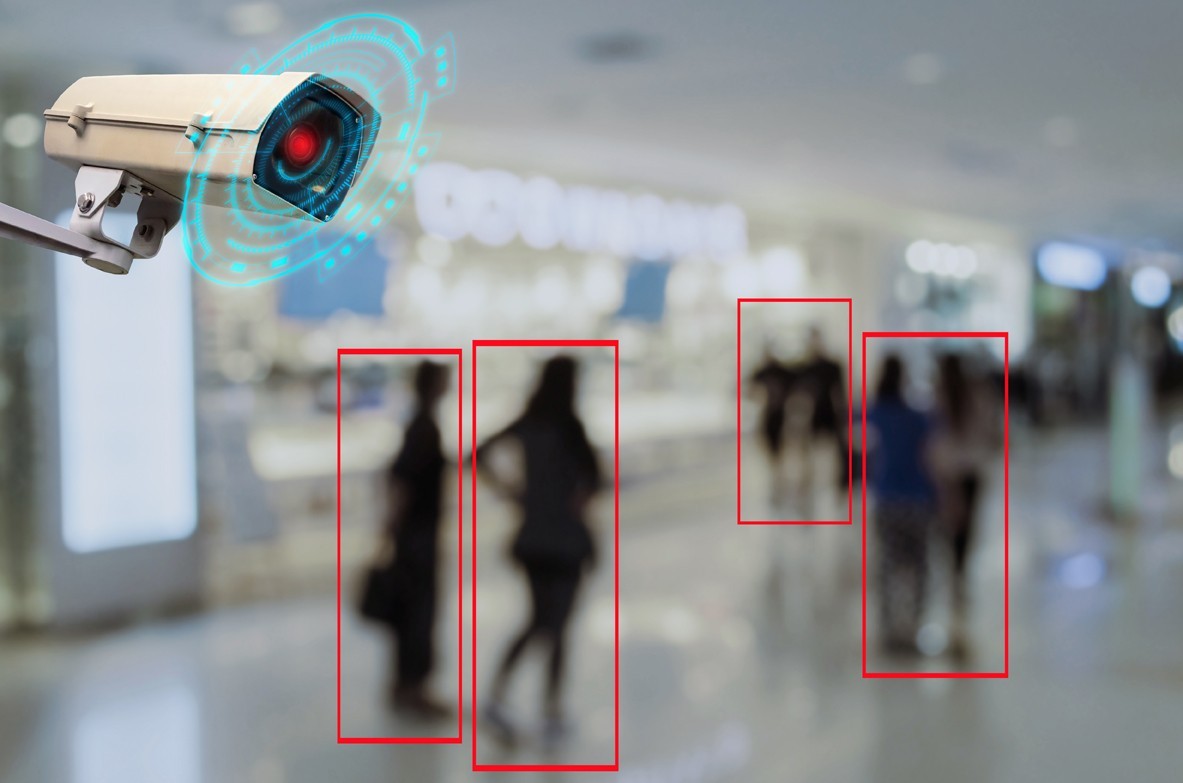
Stay up to date.
Subscribe for latest news, protection tips, special offers, and more!






